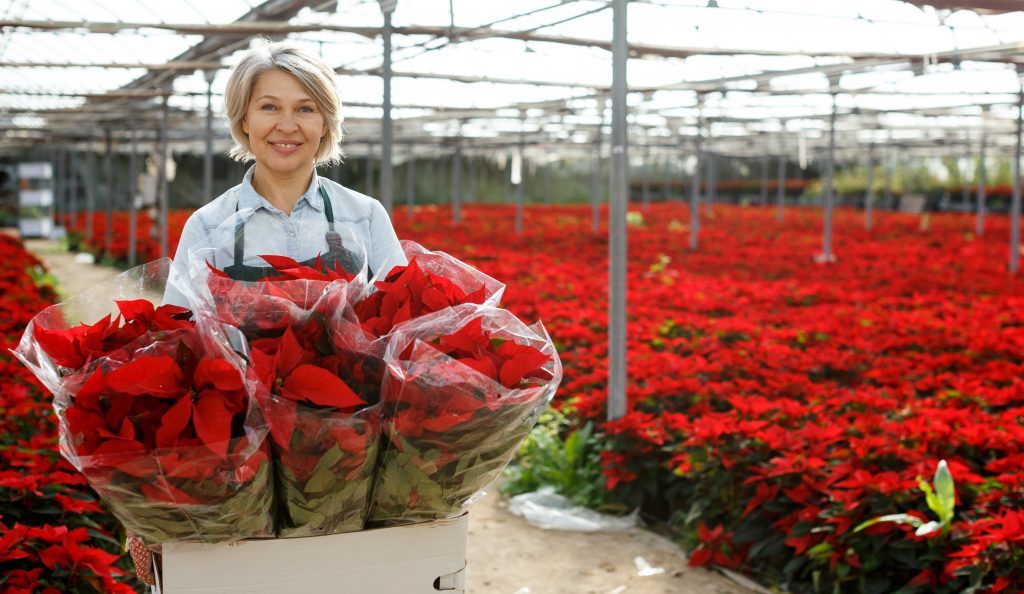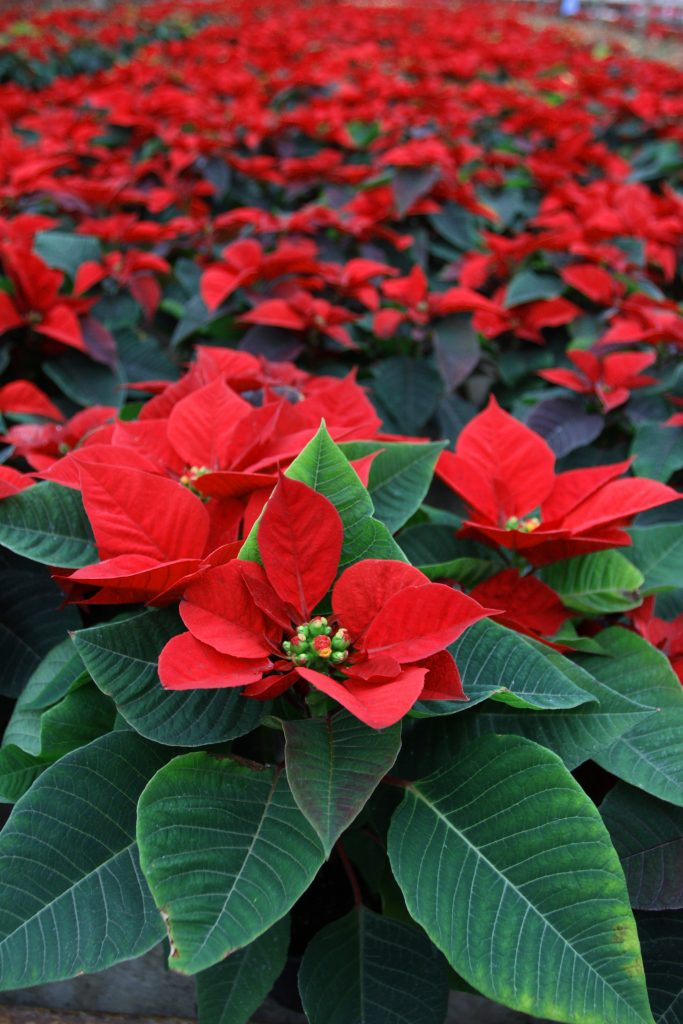
The poinsettia sitting on the hearth, the hydroponic lettuce in the refrigerator, the new shrubs waiting to be planted — all of these were probably grown right here in Alabama.

Paul Brown, associate director for the Alabama Cooperative Extension System, said many Alabamians do not recognize just how significant the nursery and greenhouse industry is in the state.
Economic Impact
“Alabama’s nursery and greenhouse industry generated almost $230 million in total sales according to the 2017 Census of Agriculture,” Brown said. “When you add sod production, that figure jumps to $294 million and it accounted for almost 5 percent of the total market value of all farm products sold.”

Brown said to put that in perspective, census data showed cotton was raised on 431,000 acres, had total sales of $260 million and represented just under 4.5 percent of total farm product market value.
The industry’s prominence in Alabama agriculture is reflected in Alabama’s 2019 Farmer of the Year, Hank Richardson. Richardson operates Dixie Green in Centre. Dixie Green has twelve acres of heated greenhouse space and around eight acres of outdoor pad growing space. It grows everything from ferns and fall mums to calla lilies. The company is also a major supplier to Walt Disney World, which buys more than 80,000 poinsettias and caladiums for the Magic Kingdom and Epcot.

Jeremy Pickens, an Alabama Extension specialist working with the industry, said greenhouse vegetable production is also an expanding business.
“The water and nutrient-use efficiency with greenhouse grown products is much greater than open field production,” Pickens said. “You can produce significantly more product per acre than you can conventionally. A grower could produce as much as five times more lettuce in a greenhouse than in a field.”
Just One Greenhouse

Kevin Burkett, an Alabama Extension farm business regional agent, noted that the economic impact extends far beyond product sales.
“In addition to sales revenues, the greenhouse and nursery industry generates significant economic activity,” Burkett said. “More business and economic activity benefits everyone.”
Burkett used a single 2,880-square-foot greenhouse as an example.
“Building a greenhouse requires purchases of lumber, steel, concrete and equipment and those purchases fuel economic activity,” he said.
Burkett said people can learn more about the construction budget for a greenhouse at the Alabama Extension website.
A new 2,880-square-foot greenhouse in Alabama could generate more than $71,557 in estimated output from its construction. Additionally, he said that in the first full year of operation, one new successful greenhouse enterprise could generate more than $130,869 in estimated output in the state’s economy.
Pickens said greenhouse and high tunnel vegetable production continues to expand across Alabama as producers add them to their operations.
“Protected agriculture is a big deal in many parts of the developed world. The United States doesn’t make the top ten in terms of protected production,” he said. “We are so efficient conventionally that we haven’t needed to invest in that type of production. Now we can see the writing on the wall and protected agriculture is the future for many specialty crops.”









